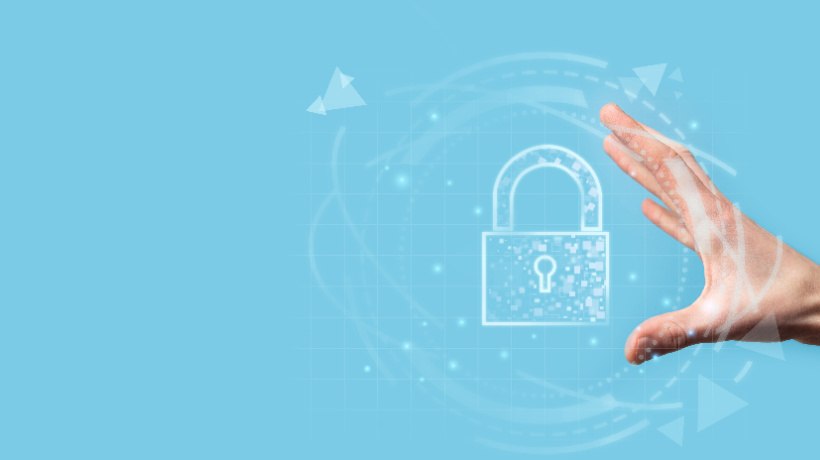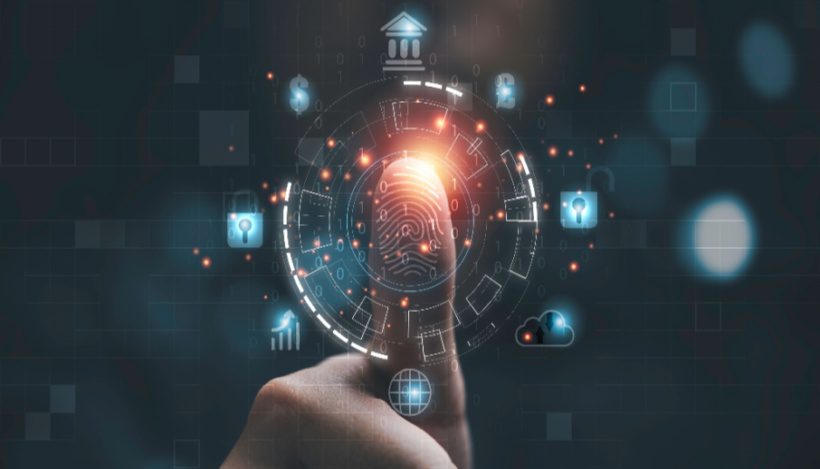Augment Your Blue-Collar Workforce Productivity
Often L&D procurement specialists focus on deploying effective LMSs, rapid authoring tools, and mobile compatible, off-the-shelf content irrespective of the type of employees. Well, there is no one-size-fits-all method in workforce training. We cannot apply the same training format for both the blue-collar and white-collar workforce. The frontline employees are the deskless workforce who do the actual production, services, or field support for customers. Organizations are finding practical solutions to offer on-demand training for blue-collar workers to manage compliance and safety processes to protect the business and reduce the risk in the workplace. As of late, geofencing technology-driven corporate training is gaining more attention in the L&D marketspace.
Proximity-Based Learning Environment
When training a blue-collar workforce, it is essential to understand the exact "need" of the workers on the production floor. The need could be anything, for example, following policies or procedures, having a checklist of materials/resources, troubleshooting a piece of broken equipment, or implementing new site safety measures.
Traditional macro learning may not be a viable option to create a connected workplace. Developing a proximity-based learning environment for the frontline workers by using geofencing, beacons, QR/bar codes, and image recognition technology is an effective solution.
- Geofencing
This technology uses a Global Positioning System (GPS) or Radio Frequency Identification (RFID) and acts as an invisible fence around a stipulated area to track or push notifications or text messages. The ideal proximity is 500 to 1000 meters, as it covers a large area; it promotes outdoor learning. Geofencing is not a new technology. It has been used in different industries, such as sales and marketing (high usage), recruitment, patient-care sector, tourism, hospitality, and training (usage is less). - Beacons
Beacons are small, battery-powered transmitters that can be attached to an object or kept in a specific location. Beacons enable transmission of radio signals to smart devices. They are generally used for small-area (10–100 meters), proximity-based learning purposes. When medical workers enter a waste collection site, beacons unlock the relevant, short informative courses explaining the waste-disposal process and guidelines for medical waste. They act as a knowledge-reinforcement tool at times.
Using Geofencing Technology
4 ways to augment blue-collar workers' performances by using geofencing technology:
- Problem-solving and informative training
- On-demand microlearning
- Interactive bespoke content
- Knowledge reinforcement
1. Problem-Solving And Informative Training Resources
Geofencing technology can help modern learners by providing easy access to supplemental resources or training that will prepare them to solve a problem on the production site. This medium will promote immediate value.
Forklift operators can be supported by providing them with mobile-enabled, two-minute video nuggets to fix broken equipment on the spot. When a subject/learner enters a particular area on a job site, geofencing automatically triggers and launches a new task or short training for the employees.
2. On-Demand Microlearning
Companies require agile training resources to train the blue-collar workers on workplace safety. Employees may not go through comprehensive safety manuals (be it digital or physical) at the job site. Geofencing resources would allow users to access bite-sized content (PDFs, video clips, or infographics).
An oil and gas manufacturing company delivers Good Manufacturing Practices (GMPs) and workplace safety training to the new employees in the form of scenario-based microlearning followed by an assessment. Employees receive a daily checklist when they enter the perimeters of a geofence. This best practice has helped in the reduction of 20% of workplace injuries within the offshore drilling department in one year.
3. Interactive Bespoke Content
Creating interactive content based on employees' specific needs can be achieved by integrating adaptive eLearning technology. Depending upon the learner's response/answers, the geofence triggers the research process and unlocks the relevant training resource.
Organizations are interested in exploring diverse, interactive learning techniques to support field workers at the job site. For example, image recognition or scanning of a product QR/bar code using a smartphone camera can facilitate performance support accurately by unleashing appropriate information about the product (specifications or product usage and safety details) via geofencing or beacons.
4. Knowledge Reinforcement
Giving a gentle nudge to the learner is essential to recall information. The structural design of microlearning modules acts as knowledge reinforcement tools. Various forms of microlearning (audio files, video clips, or gamified content) help in engaging the learner to connect with existing knowledge. Location-based microlearning offers precise awareness to the worker.
Market Maturity
As far as training is concerned, geofencing technology-driven learning is in the nascent stage. The market is very niche with few specialized suppliers in the L&D market who are capable of combining geofencing technology, microlearning, authoring, location-based delivery, content library, reporting, and tracking into one simple mobile application.









